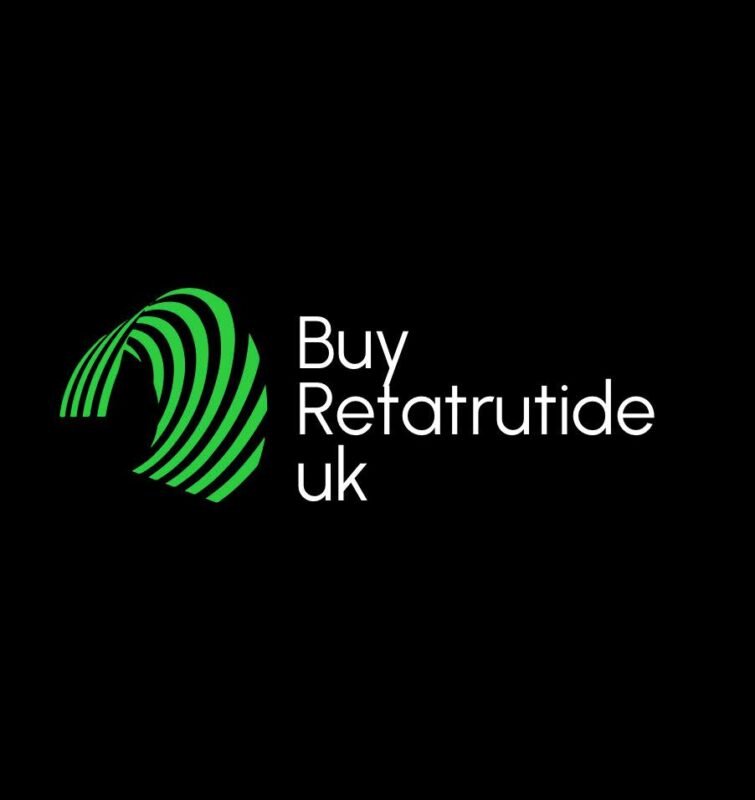No products in the cart.
Blog
How to Verify Peptide Purity: A Lab Guide
Don’t Guess, Test: A Researcher’s Step-by-Step Protocol for Validating Peptide Purity
Why ≥98% HPLC purity isn’t a suggestion—it’s the baseline for reproducible science. Here’s how to confirm it.
Step 1: Decode the Certificate of Analysis (CoA)
Demand batch-specific CoAs with 3 elements:
HPLC chromatogram: Main peak should comprise ≥98% of total area.
Mass spectrometry (MS): Peak must match Retatrutide’s theoretical mass (4731.4 g/mol).
Endotoxin levels: <0.25 EU/mg to prevent cell-line contamination.
Avoid suppliers who provide “representative” CoAs—this is a major red flag.
Step 2: Run In-House Verification Tests
HPLC Setup:
Column: C18 reversed-phase
Flow rate: 1.0 mL/min
Detection: UV absorbance at 220 nm
Acceptance criteria: Single symmetrical peak with retention time matching reference standard 2.
Quick check: Suspect impurities if >2% peaks appear outside 4.5-5.5 min window.
Step 3: Stress-Test Stability
Protocol: Reconstitute 1mg Retatrutide in bacteriostatic water. Store aliquots at:
-20°C (control)
+4°C (72 hrs)
Room temp (24 hrs)
Pass benchmark: HPLC purity declines ≤2% under stress conditions 8.
Case Study: How Impurities Skew Research
A 2024 study found truncated peptides in “95% pure” Retatrutide batches acted as GIP antagonists—reversing glucose responses in murine models .
Pro Tip:
Re-test upon arrival! 33% of peptides degrade during transit without lyophilization and temperature-controlled shipping.
Demand CoAs first: Download Retatrutide CoA Template
